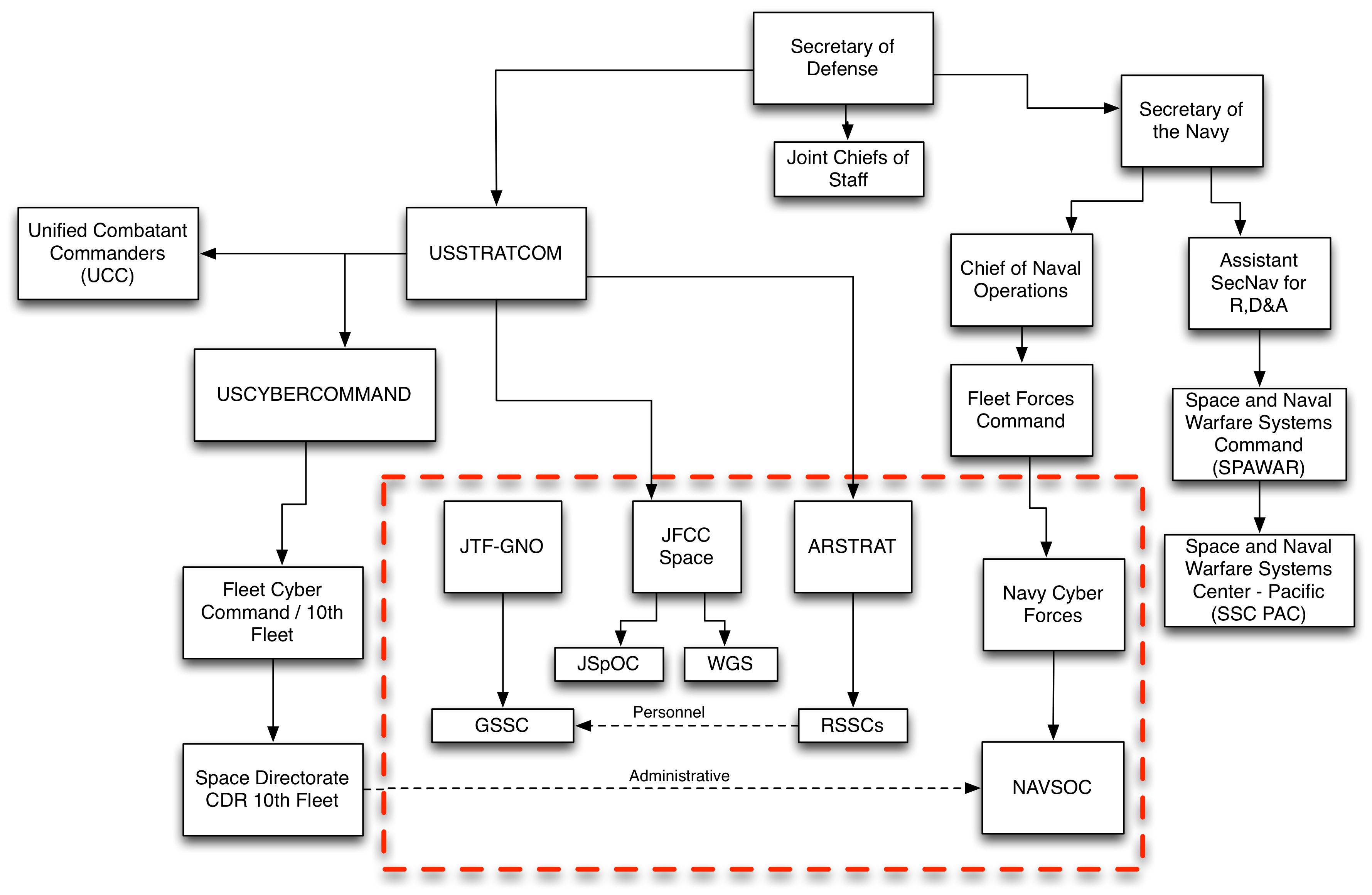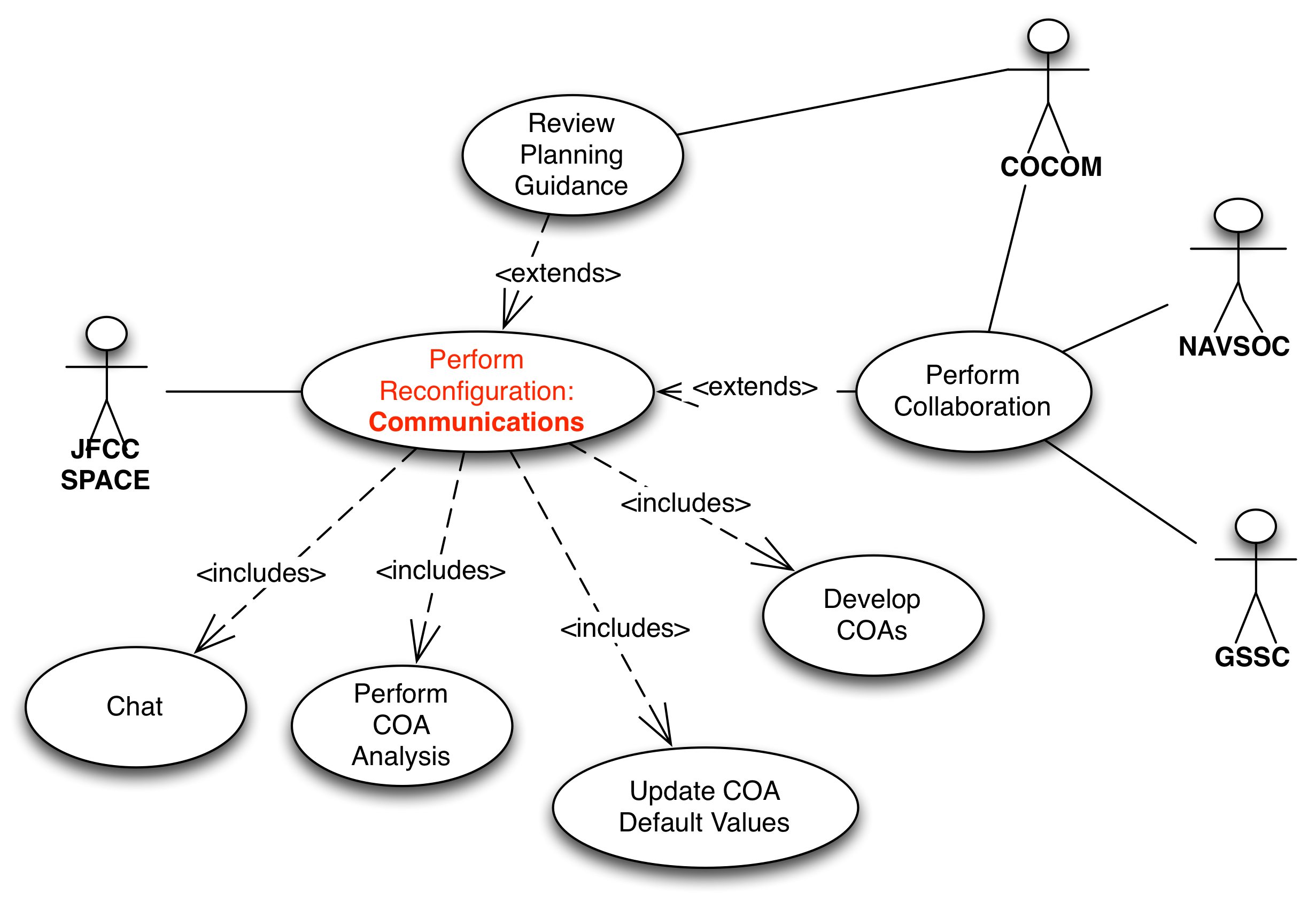
Optimized Resource Planning
April 17, 2014
We established several objectives within our SBIR with Princeton Satellite Systems to develop a “Reconfigurable Satellite Planning Tool” for Navy PEO Space. We had to define what “reconfigurable” really meant with respect to satellites, we had to develop the mathematical basis to produce a plan that made technical and operational sense and we had to define who would drive the planning and ultimately benefit from these plans.
Satellites are highly constrained in their operations: their orbits are costly to change, their orientation must be set for power, thermal and mission considerations and their payload is closely managed to maximize its utility. Their design is closely coupled with their use to minimize size, weight and costs and to maximize their life.
There is little room for change in a satellite’s mission profile and any perturbations can cause losses to mission capability and reduction in mission life. The satellite resource planner must manage these constraints and costs and respond to the tactical user. A tactical planner must determine best use of the capabilities provided by the resource planner and use apply those capabilities to their operational requirements.
We determined that any planning tool that “optimized planning” must be able to link the resource planner with the tactical planner. They each have constraints, priorities and costs in their decision spaces, which overlap at the point of the tactical user.
In the design we addressed the organizations, activities, relationships and the personnel involved with planning and decision-making. This information allowed us to create a software architecture that could operate collaboratively.
As shown in the diagram above, the organizations involved with space assets are extensive. After detailed discussions we bounded our focus to the groups within the box. These organizations have the primary set of tactical interactions with respect to communications satellites and in our case we were asked to specifically address the Navy’s newest satellite constellation, the Multi-User Objective System (MUOS).
As part of the software architecture, we built Use Cases to help define the planning activities, the constraints and the collaborative processes necessary in coordinating the planning decisions between organizations.

The users applied the planning guidance, which drove constraints and priorities in the algorithms. The users evaluated the resulting courses of actions (COA), updated priorities and weights as necessary and iteratively and collaboratively produced updates to the COAs. The optimization tool was able to take the mission terms from the tactical planner in their decision space, and create an optimized COA that recommended satellite payload reconfiguration to the resource planner in their decision-space.